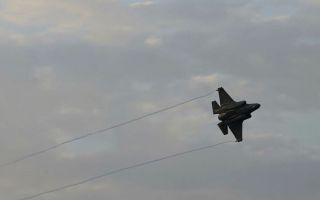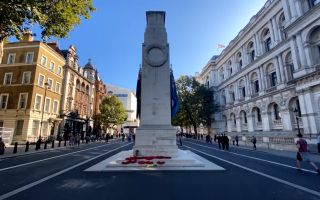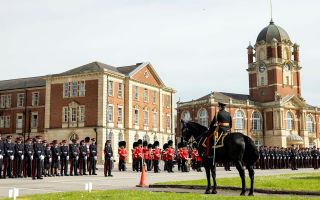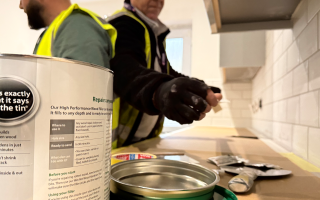Tri-Service
The Dreadnought Hoax: Royal Navy Fooled By Fake Beards & Face Paint
February 7th, 1910 was the date for one of the most famous practical jokes in British military history.
Renowned prankster Horace de Vere Cole alongside his motley crew of writers and artists (including Virginia Woolf pictured, left) decided to answer a request from his friend - an officer aboard HMS Hawke - to hoax their fierce rivals on HMS Dreadnought.
Virginia explained:
"The officers of the Hawke and the Dreadnought had a feud. ... And Cole's friend who was on the Hawke had come to Cole, and said to him, 'You're a great hand at hoaxing people; couldn't you do something to pull the leg of the Dreadnought?"
Horace obliged.
Together, Cole and company masquaraded in Abyssinian dress coupled with skin darkener and turbans to fool the Captain, crew and Commander-in-chief of the Battleship HMS Dreadnought.
The Prince of Abyssinia and his entourage were received with full ceremonial pomp on the deck of the Royal Navy flagship, with sailors standing to attention to receive the Prince.
The Abyssinian party acknowledged the greeting with bows as they shuffled onto the ship, dressed in their long, flowing robes, and for the next forty minutes the Commander gave them a guided tour of the vessel.
The Abyssinians paused at each new marvel while murmuring the appreciative phrase "Bunga, Bunga!" in their native tongue.
The group inspected the fleet. To show their appreciation, they communicated in a gibberish of words drawn from Latin and Greek; they asked for prayer mats and attempted to bestow fake military honours on some of the officers.
By February 12 the British newspapers were full of the story of the stunt, below we see a graphic courtesy of the Daily Mirror.
In 1915 during the First World War, HMS Dreadnought rammed and sank a German submarine—the only battleship ever to do so. Among the telegrams of congratulation was one that read "BUNGA BUNGA".









